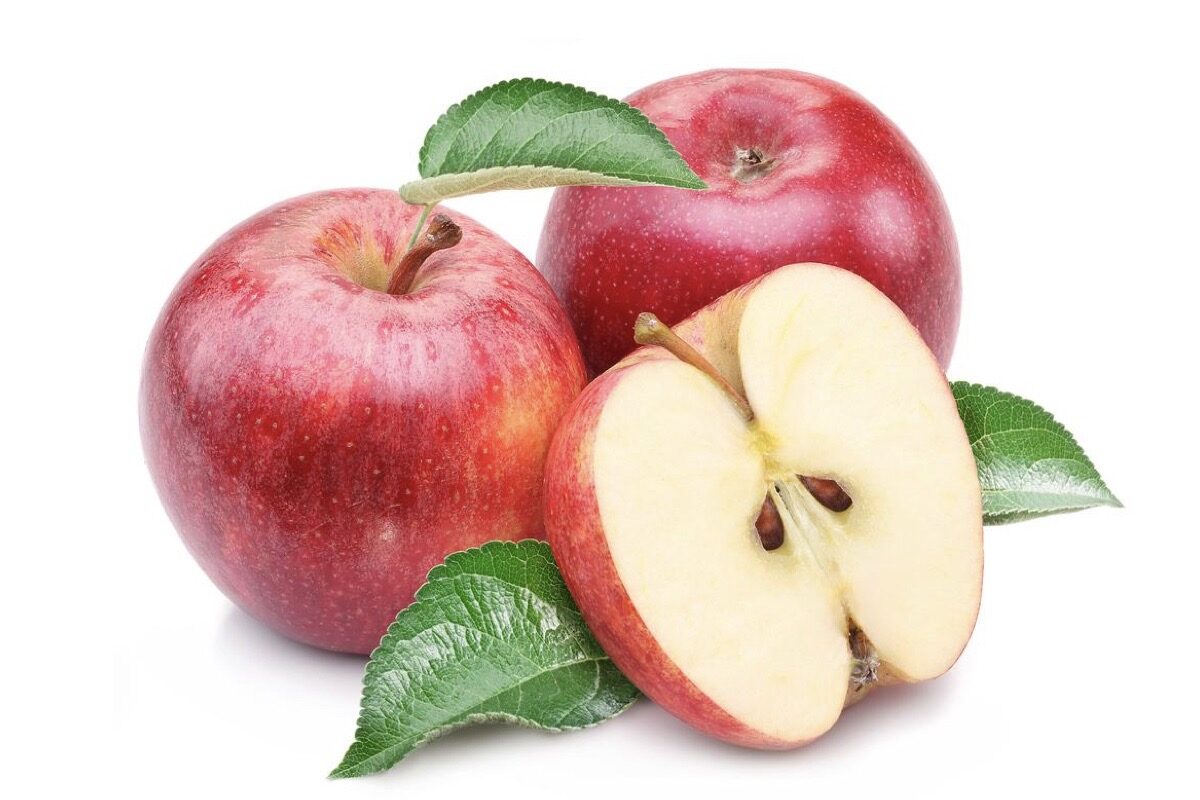Top 10 Healthiest Foods Voted by Japanese Doctors
A healthy diet is critical to a healthy body. However, many people often ignore nutritional values for better taste or convenience. Great Doctor The TAIKOBAN, a popular TV program in Japan, invited 300 famous doctors to select the 10 most beneficial food ingredients found in typical grocery stores. 1. Natto Natto is a multi-benefit food. It prevents intestinal diseases, arteriosclerosis, Type 2 diabetes, cancer, and dementia. There are more than 20,000 kinds of Bacillus subtilis natto (natto bacteria) in natto, which improves immunity. Natto kinase helps dissolve thrombosis, thus preventing cerebral infarction and myocardial infarction. (Shutterstock) 2. Mackerel The mackerel is rich in two fatty acids, EPA, and DHA. EPA and DHA are essential fatty acids for the body—however, they can’t be produced by the human body. EPA and DHA need to be absorbed through diet. EPA protects the cardiovascular system and prevents thrombosis. DHA, on the other hand, not only maintains functions of our brains, nervous system, and retina but also protects the body from oxidation and prevents various diseases. (Shutterstock) 3. Yogurt Yogurt is rich in a variety of beneficial bacteria, including lactic acid bacteria and bifidobacterium, which stimulate intestinal activity and improve constipation. In addition, it also prevents the growth of harmful bacteria, activates intestinal immune cells, and enhances immunity. (Shutterstock) 4. Tofu Tofu is anti-aging and rich in plant protein which prevents arteriosclerosis and reduces cholesterol levels. (Shutterstock) 5. Vinegar Vinegar contains acetic acid, which is anti-bacterial and balances intestinal flora, aiding intestinal peristalsis. Vinegar can lower blood pressure, inhibit blood sugar rise, prevent cardiovascular diseases, and boost metabolism. (Shutterstock) 6. Broccoli Broccoli is rich in vitamins B, C, and E, minerals, and dietary fiber and is known as the “king of vegetables.” Broccoli has the same nutritional values as onions, tomatoes, green peppers, cabbage, carrots, and spinach combined. In addition, broccoli seedlings are rich in carotene, which inhibits cancer cells. They are antioxidant and detoxifying and can improve gray hair caused by poor blood circulation. Instead of boiling, microwave-heating broccoli is the best way to avoid losing rich nutrients. Boiling causes the loss of the water-soluble nutrient vitamin C. (Shutterstock) 7. Tomatoes Tomatoes are rich in lycopene and antioxidants and are regarded as an anti-aging fruit. Tomatoes can also lower bad cholesterol and blood pressure and delay vascular aging. In addition, tomatoes prevent arteriosclerosis and cancer. The correct way to increase lycopene absorption is through heat. When eaten at room temperature, lycopene in tomatoes is challenging to absorb as a cell wall protects it. However, once a tomato is heated, the cell wall will break down, releasing the lycopene, and becoming more absorbable. The absorption rate of cooked tomatoes is three times higher than when eaten raw. (Shutterstock) 8. Avocado Avocado is called edible beauty essence due to its richness in vitamin E. The soybean non-saponite contained in avocados suppresses inflammation and repairs damaged cartilage, thus decreasing knee pain and protecting hip and elbow joints. Avocado is rich in antioxidants and is vital to healthy liver functions. It also helps release toxins from drinking alcohol and from smoking and promotes intestinal movements. Avocado reduces bad cholesterol and prevents periodontitis, bad breath, high blood pressure, and lifestyle-related diseases. (Shutterstock) 9. Kimchi Kimchi contains “immortal” lactic acid bacteria. These plant-based lactic acid bacteria can withstand gastric juice and intestinal fluid, which remain active when they reach the intestines, improving the intestinal environment. On the contrary, animal lactic acid bacteria in cheese and milk are less resistant to gastric acid and may die before reaching the intestines. One gram of kimchi contains more than 10 million lactic acid bacteria, which promotes intestinal peristalsis, improves indigestion, and reduces constipation. Kimchi also can keep your skin youthful. (Shutterstock) 10. Apples Apples rejuvenate the lungs. Lung aging leads to inflammation which narrows the human bronchi and causes difficulty in breathing. Apple polyphenols in apples are rich in antioxidants, which inhibit bronchial inflammation, improve breathing, and restore lung vitality. Yoshio Ohtani is an authoritative doctor of respiratory and thoracic departments and director of Ikebukuro Otani Clinic in Japan. Ohtani said in an online program, “For chronic obstructive pulmonary disease caused by smoking, exhaust gas, or toxic air containing PM2.5, patients are advised to first quit smoking and add apples to their daily diets.” Otani pointed out a “lung age” test he conducted on apple growers who regularly ate apples in Aomori Prefe
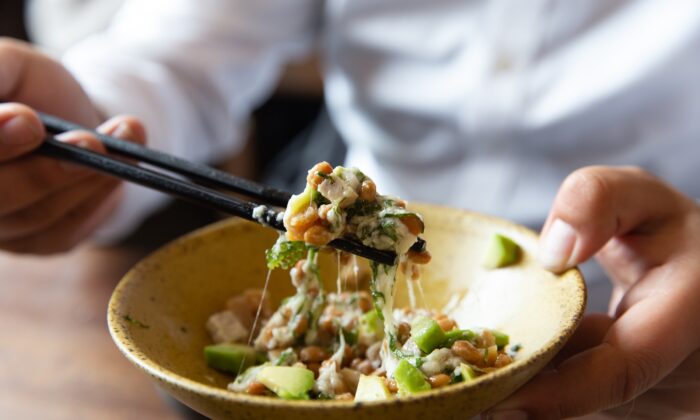
A healthy diet is critical to a healthy body. However, many people often ignore nutritional values for better taste or convenience.
Great Doctor The TAIKOBAN, a popular TV program in Japan, invited 300 famous doctors to select the 10 most beneficial food ingredients found in typical grocery stores.
1. Natto
Natto is a multi-benefit food. It prevents intestinal diseases, arteriosclerosis, Type 2 diabetes, cancer, and dementia. There are more than 20,000 kinds of Bacillus subtilis natto (natto bacteria) in natto, which improves immunity.
Natto kinase helps dissolve thrombosis, thus preventing cerebral infarction and myocardial infarction.
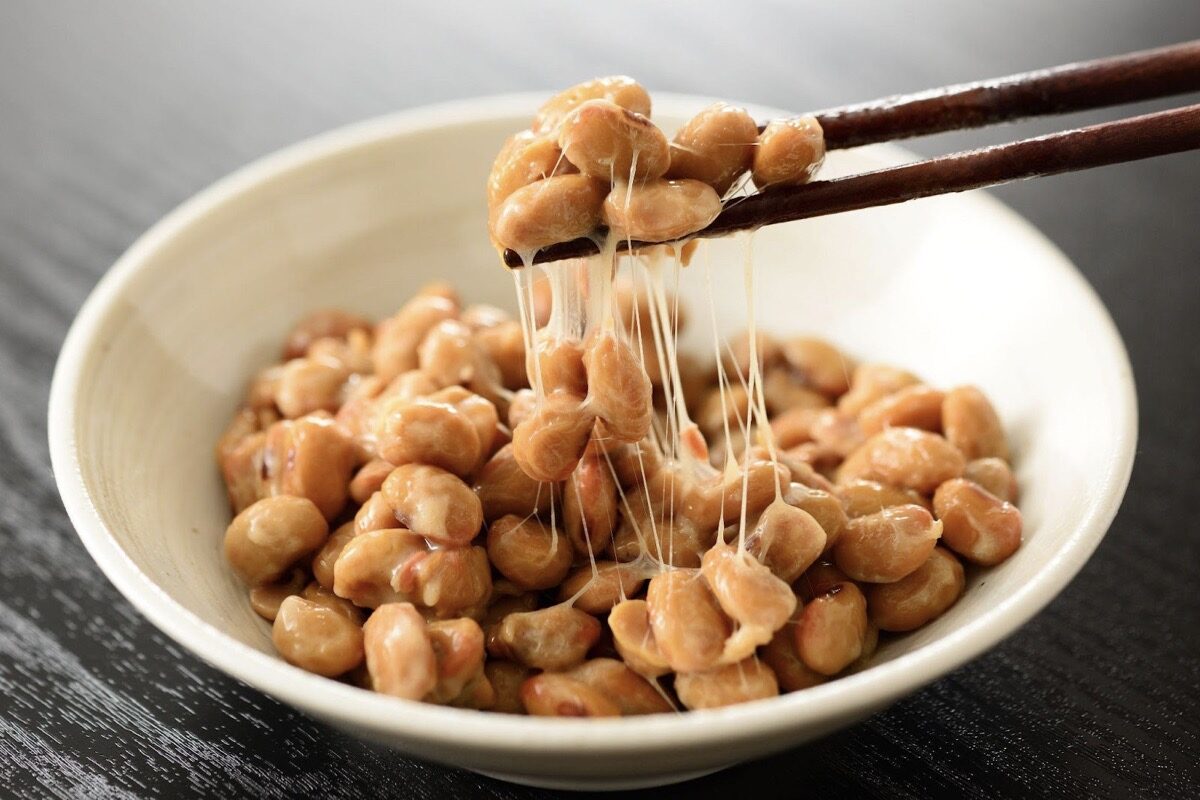
2. Mackerel
The mackerel is rich in two fatty acids, EPA, and DHA. EPA and DHA are essential fatty acids for the body—however, they can’t be produced by the human body. EPA and DHA need to be absorbed through diet.
EPA protects the cardiovascular system and prevents thrombosis. DHA, on the other hand, not only maintains functions of our brains, nervous system, and retina but also protects the body from oxidation and prevents various diseases.
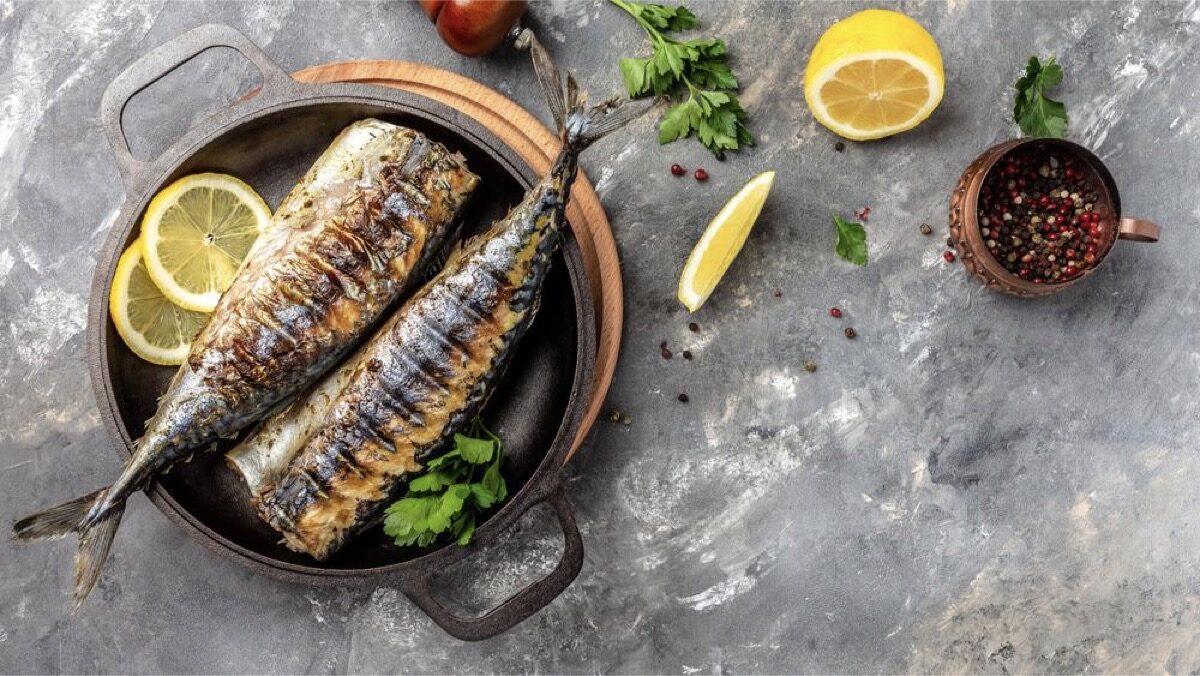
3. Yogurt
Yogurt is rich in a variety of beneficial bacteria, including lactic acid bacteria and bifidobacterium, which stimulate intestinal activity and improve constipation. In addition, it also prevents the growth of harmful bacteria, activates intestinal immune cells, and enhances immunity.
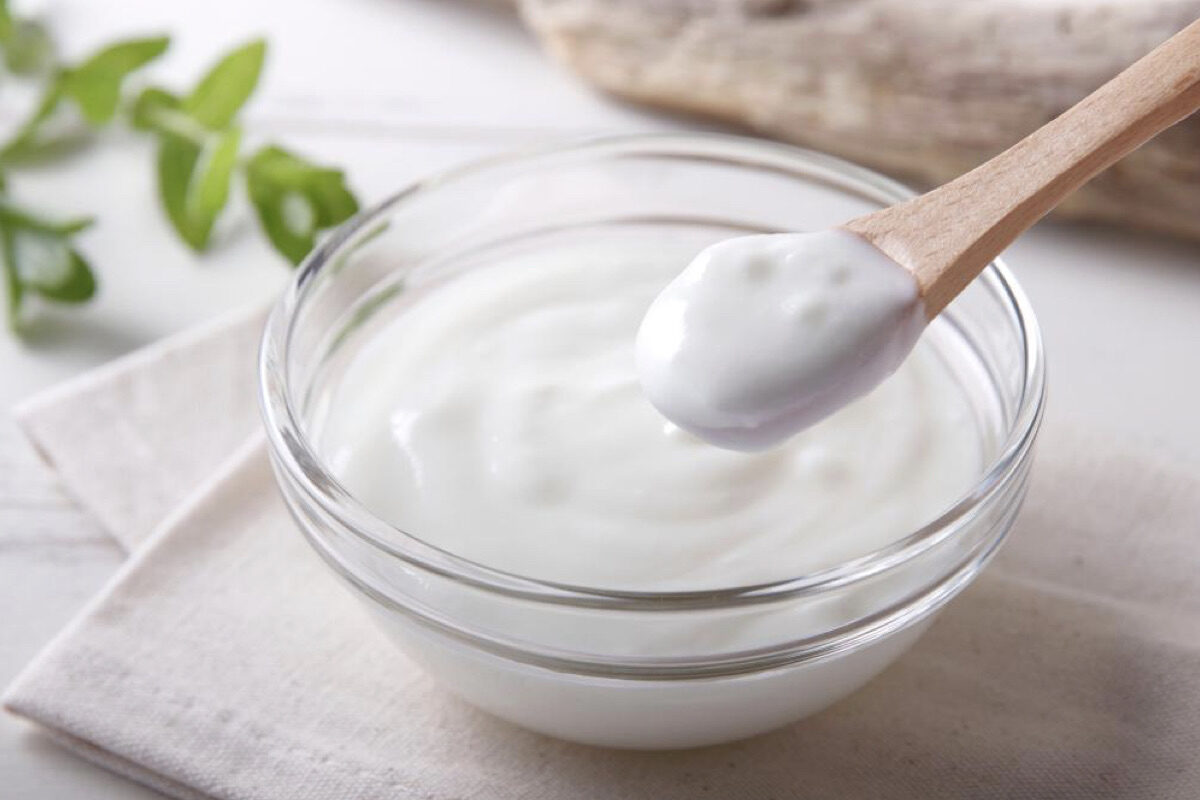
4. Tofu
Tofu is anti-aging and rich in plant protein which prevents arteriosclerosis and reduces cholesterol levels.

5. Vinegar
Vinegar contains acetic acid, which is anti-bacterial and balances intestinal flora, aiding intestinal peristalsis.
Vinegar can lower blood pressure, inhibit blood sugar rise, prevent cardiovascular diseases, and boost metabolism.

6. Broccoli
Broccoli is rich in vitamins B, C, and E, minerals, and dietary fiber and is known as the “king of vegetables.”
Broccoli has the same nutritional values as onions, tomatoes, green peppers, cabbage, carrots, and spinach combined.
In addition, broccoli seedlings are rich in carotene, which inhibits cancer cells. They are antioxidant and detoxifying and can improve gray hair caused by poor blood circulation.
Instead of boiling, microwave-heating broccoli is the best way to avoid losing rich nutrients. Boiling causes the loss of the water-soluble nutrient vitamin C.
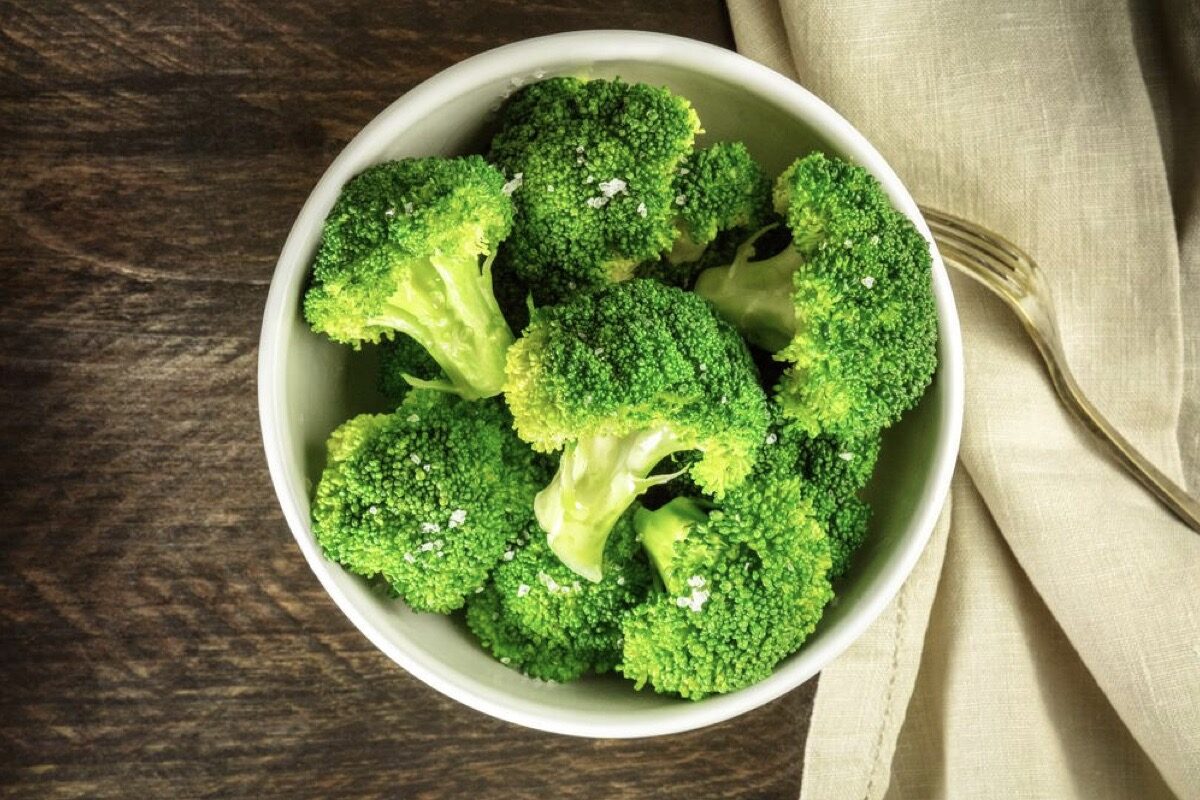
7. Tomatoes
Tomatoes are rich in lycopene and antioxidants and are regarded as an anti-aging fruit. Tomatoes can also lower bad cholesterol and blood pressure and delay vascular aging. In addition, tomatoes prevent arteriosclerosis and cancer.
The correct way to increase lycopene absorption is through heat. When eaten at room temperature, lycopene in tomatoes is challenging to absorb as a cell wall protects it.
However, once a tomato is heated, the cell wall will break down, releasing the lycopene, and becoming more absorbable. The absorption rate of cooked tomatoes is three times higher than when eaten raw.
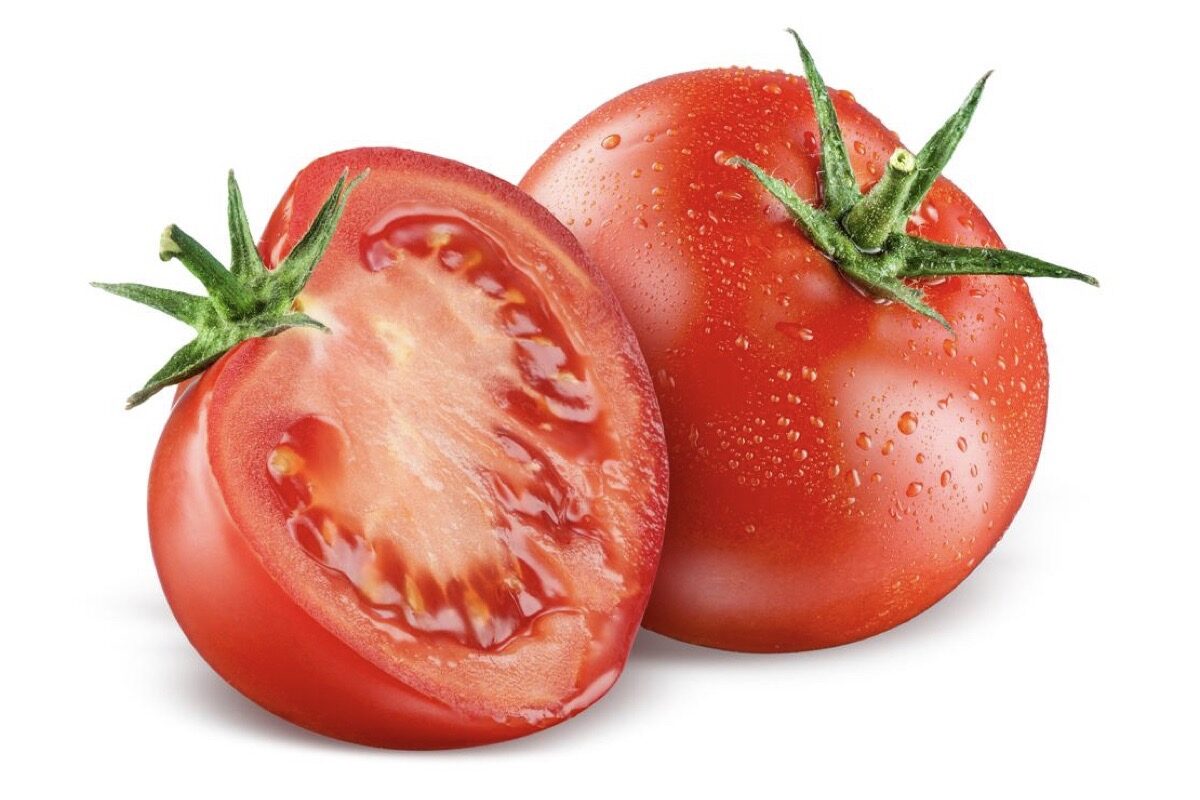
8. Avocado
Avocado is called edible beauty essence due to its richness in vitamin E. The soybean non-saponite contained in avocados suppresses inflammation and repairs damaged cartilage, thus decreasing knee pain and protecting hip and elbow joints.
Avocado is rich in antioxidants and is vital to healthy liver functions. It also helps release toxins from drinking alcohol and from smoking and promotes intestinal movements. Avocado reduces bad cholesterol and prevents periodontitis, bad breath, high blood pressure, and lifestyle-related diseases.
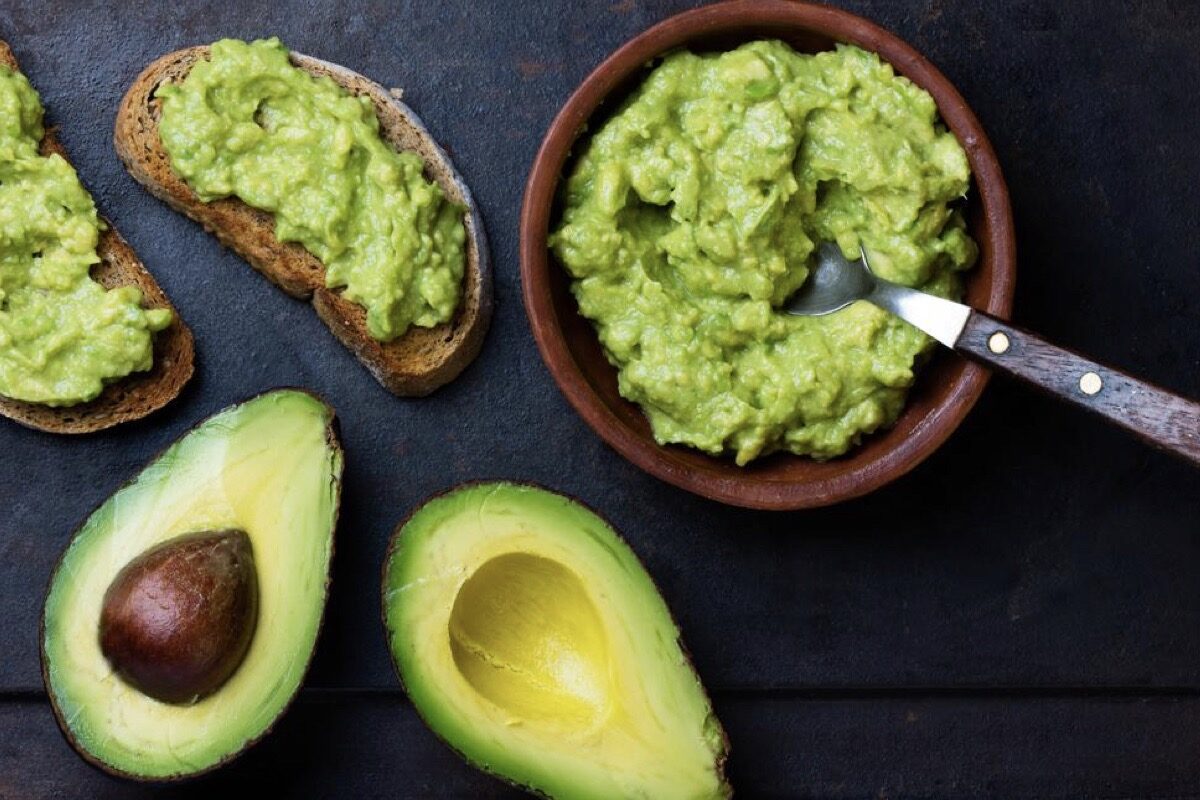
9. Kimchi
Kimchi contains “immortal” lactic acid bacteria. These plant-based lactic acid bacteria can withstand gastric juice and intestinal fluid, which remain active when they reach the intestines, improving the intestinal environment.
On the contrary, animal lactic acid bacteria in cheese and milk are less resistant to gastric acid and may die before reaching the intestines.
One gram of kimchi contains more than 10 million lactic acid bacteria, which promotes intestinal peristalsis, improves indigestion, and reduces constipation. Kimchi also can keep your skin youthful.
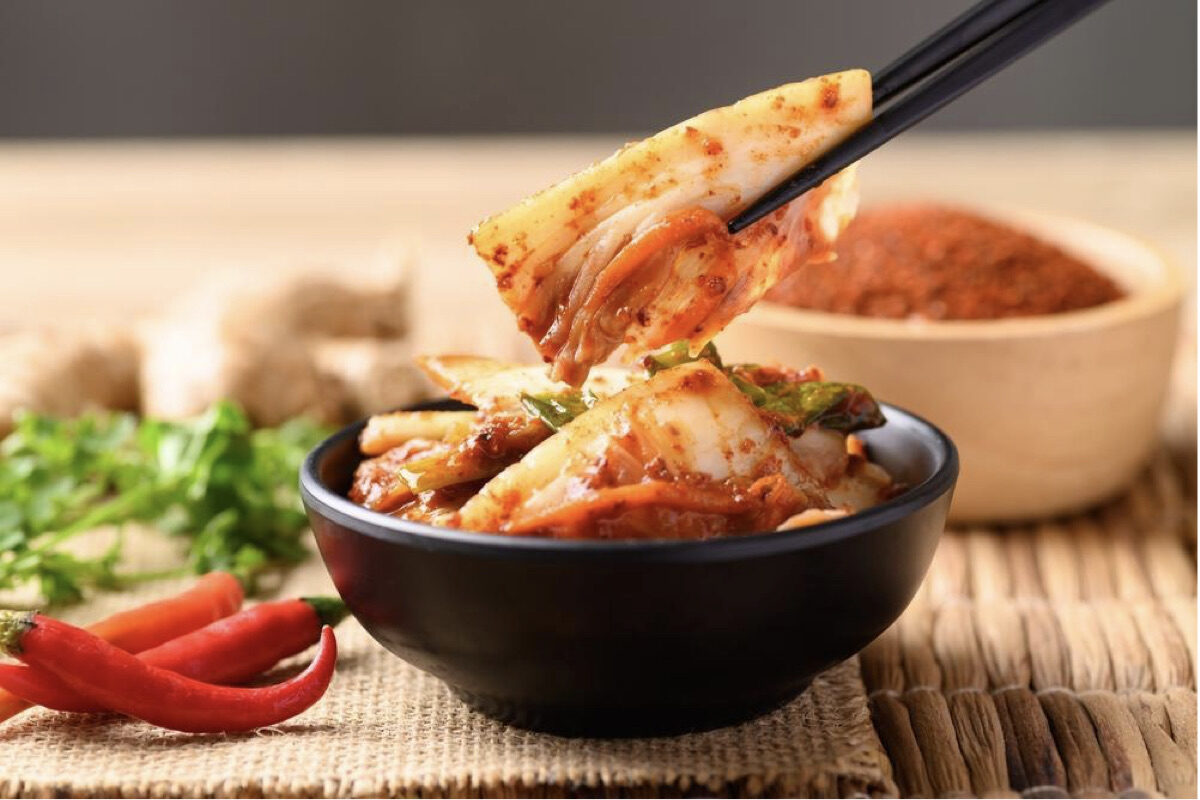
10. Apples
Apples rejuvenate the lungs. Lung aging leads to inflammation which narrows the human bronchi and causes difficulty in breathing.
Apple polyphenols in apples are rich in antioxidants, which inhibit bronchial inflammation, improve breathing, and restore lung vitality.
Yoshio Ohtani is an authoritative doctor of respiratory and thoracic departments and director of Ikebukuro Otani Clinic in Japan.
Ohtani said in an online program, “For chronic obstructive pulmonary disease caused by smoking, exhaust gas, or toxic air containing PM2.5, patients are advised to first quit smoking and add apples to their daily diets.”
Otani pointed out a “lung age” test he conducted on apple growers who regularly ate apples in Aomori Prefecture, Japan, which is famous for producing apples. The result showed the lung age of most of the apple farmers was younger than their actual age, instead of both ages being the same in general.
Yoshio Otani said that the apple farmers’ lungs became younger due to the antioxidants in apple polyphenols which eliminate lung inflammation and strengthen lung health.
